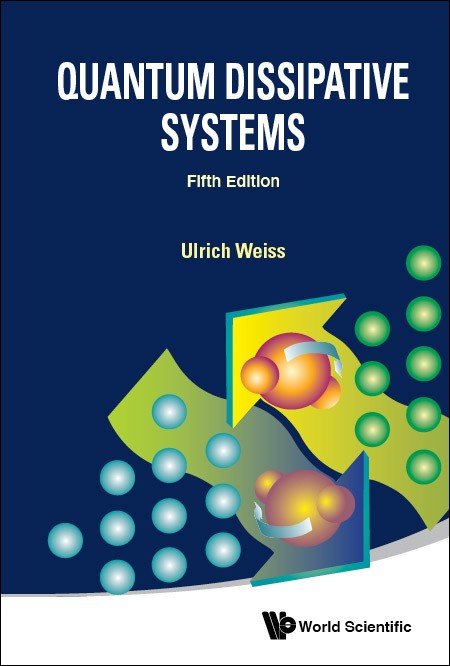1: Introduction
Quantum-statistical mechanics is a very rich and checkered field. It is the theory dealing with the dynamical behavior of spontaneous quantal fluctuations.
When probing dynamical processes in complex many-body systems, one usually employs an external force which drives the system slightly or far away from equilibrium, and then measures the time-dependent response to this force. The standard experimental methods are quasielastic and inelastic scattering of light, electrons, and neutrons off a sample, and the system’s dynamics is analyzed from the line shapes of the corresponding spectra. Other experimental tools are, e. g., spin relaxation experiments, study of the absorptive and dispersive acoustic behaviors, and investigation of transport properties. In such experiments, the system’s response gives information about the dynamical behavior of the spontaneous fluctuations. Theoretically, the response is rigorously described in terms of time correlation functions. Therefore, time correlation functions and their Fourier transforms are at the core of interest in theoretical studies of the relaxation dynamics of nonequilibrium systems…


